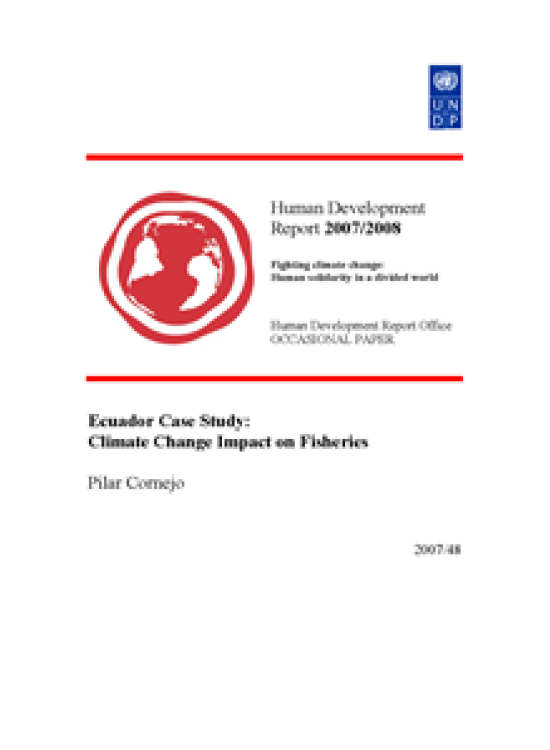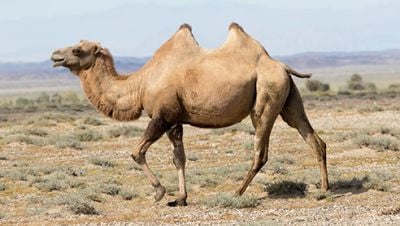Ecuador Case Study: Climate Change Impact on Fisheries

Download Report by Language
Document
cornejopilar.pdf
(793.03 KB)
Citation
Cornejo, Pilar. 2008. Ecuador Case Study: Climate Change Impact on Fisheries. New York.
Ecuador Case Study: Climate Change Impact on Fisheries
Posted on: January 01, 2008
During the last ten years (1997-2007) the socioeconomic conditions in Ecuador have been strongly marked by several factors, mainly:
1. Political instability: none of the elected presidents have finished their periods since 1996. There was a coup in 1997 (F. Alarcón, interim president); then elections in 1998 (J. Mahuad elected) follow by a coup in 2000 (G. Noboa, the vice-president took charge); elections again in 2002 (L. Gutierrez elected) follow by a coup in 2005 (A. Palacio, the vice-president took charge), and elections again in 2006 (R. Correa elected).
2. After the bank assets were frozen in March 1999, the dollar became the national currency (instead of “sucre”) and the salary scale suffered in the conversion. Unemployment went high and the exodus of more than a million Ecuadorians to Europe (mainly Spain and Italy) and USA started. Currently, remittance from the immigrants account for the second income of the country after petroleum, and in 2003 there were in the amount of 1,656 millions of dollars.
3. The extraordinary 1997-1998 ENSO event resulted in damages of 2,881.60 million dollars (CAF, 2000), mainly to highway infrastructure ($ 785.1 millions dollars) and agriculture sector ($1,186.8 millions dollars) (see table 1.1). The area of ENSO influences is found below 1000m heights, which comprises the coastal plains.
4. The 1999-2000 La Niña event followed the ENSO extraordinary 1997-1998 ENSO, along with an epidemic (White Spot Virus Syndrome) that almost whipped out the Ecuadorian Shrimp industry, which at that moment employed 8% of the economically active population of Ecuador.

